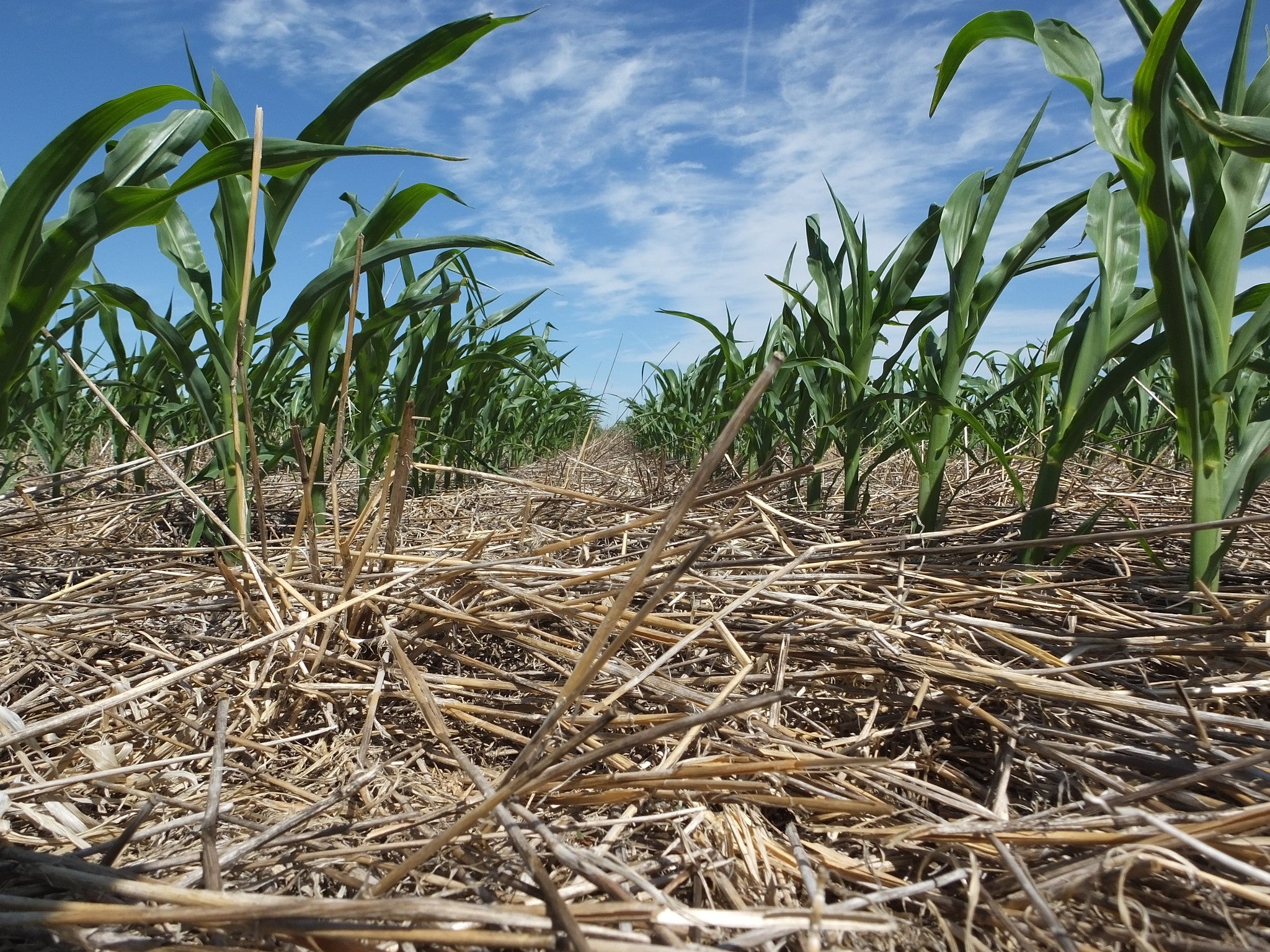Banks symbolizing over 40{797b2db22838fb4c5c6528cb4bf0d5060811ff68c73c9b00453f5f3f4ad9306b} of world wide bank lending have joined the United Nations Setting Programme Finance Initiative’s Web Zero Banking Alliance and dedicated to align their lending and financial investment portfolios with zero web greenhouse fuel emissions by 2050. By 2024, collaborating financial institutions with considerable loan portfolios in agriculture will require to set web zero targets for the sector and speedily embark on minimizing emissions.
For this to be attainable, financial institutions have to precisely evaluate the emissions they finance in agriculture. This is a certain obstacle in agriculture, a sector that consists of a broad array of unique crops and livestock, farm dimensions, and entry to instruments and technologies.
Final week, Rabobank — one of the premier global suppliers of agricultural financial loans — grew to become a person of the initially financial institutions to present its tactic for estimating GHG emissions from the agricultural manufacturing it funds. Rabobank also shared how it will review its financed emissions to the world wide emissions reduction goals of the Paris Local weather Accord — the international treaty on local weather modify.
Rabobank’s strategy demonstrates very best tactics banking institutions can use to measure the emissions they finance in agriculture now. It is also transparent about the worries holding banking institutions back again from far more accurately estimating and lessening their financed emissions in agriculture. Below are three insights that banking institutions and their companions can learn from Rabobank.
Agriculture sector GHG emissions are substantial
Rabobank has a substantial agriculture mortgage portfolio that consists of loans to wholesale company food items and agriculture organizations, farmers and ranchers. These agriculture sector loans make up 17{797b2db22838fb4c5c6528cb4bf0d5060811ff68c73c9b00453f5f3f4ad9306b} of the bank’s assets, or $106 billion. Even so, farms and ranches financed by Rabobank in its four greatest markets — Australia, Brazil, New Zealand and the United States — emit 40{797b2db22838fb4c5c6528cb4bf0d5060811ff68c73c9b00453f5f3f4ad9306b} of the bank’s measured financed emissions from all sectors (18.6 million tons of carbon dioxide equivalent for each yr). This signifies that GHG emissions from loans in the agriculture sector can be disproportionately larger than their share of the personal loan portfolio.

Most financed emissions from agriculture appear from organic procedures, not fossil fuel use. These involve methane from livestock, nitrous oxide from fertilizer use, and dropped carbon storage from deforestation. Credit rating: USDA NRCS South Dakota
At the time banking institutions quantify the emissions in their agricultural bank loan portfolios, they can start off performing to cut down them. Rabobank aims to minimize the agriculture GHG emissions it funds by which includes emissions issues in its mortgage-earning decisions and by partaking immediately with purchasers to guidance their emissions reduction methods.
If you want to learn additional about Rabobank’s procedure, in this article is an insightful site written by Rabobank’s Senior Vice President for Sustainability and Weather, Luke Disney.
Financed emissions in agriculture are hard to measure
To established accurate net zero emissions targets and evaluate emissions reductions from their agriculture portfolios, banks will need farm-amount emissions details. On the other hand, emissions data is not presently collected on most farms and ranches throughout the planet. To get over this impediment, Rabobank applied region-level information to estimate the GHG emissions of their purchasers. They will quickly assess their approximated emissions to agriculture sector aims that nations have set to meet up with their Paris Local climate Accord emission reduction targets.
Estimating agriculture mortgage portfolio emissions dependent on assumptions that farm and ranch shoppers have emissions around the state ordinary suffices for now, but it does not make it possible for banking companies to keep track of progress on lessening emissions. The lack of on-farm emissions facts stops banks from partaking purchasers on their emissions reduction development. It also prevents financial institutions from evaluating their emissions reduction development from their peers, which would help constructive level of competition.
A key problem lies forward for banks to superior comprehend the GHG emissions of their portfolios and possibilities to make reductions. As famous by Rabobank’s Disney, “You do not require a carbon footprint quantity to talk to a farmer about investing in manure management techniques or placing photo voltaic panels on the barn. But it confident will help if you want to scale your tactic and evaluate your development.”
Collaboration can help address the knowledge and methodological gaps
The troubles banking companies are experiencing when measuring their financed emissions in agriculture and placing web zero targets can be tackled as a result of collaboration amongst banks, with nonprofit companions, industry experts, and food items and agriculture companies.
Banking companies can collaborate with their friends to discover very best practices for measuring GHG emissions from their agriculture portfolios. Banks which includes Rabobank, Santander, Wells Fargo and Barclays are taking part in the Banking for Impact on Local climate in Agriculture initiative convened by Planet Business enterprise Council for Sustainable Enhancement with associates UNEP’s Finance Initiative, Partnership for Carbon Accounting Financials and Environmental Defense Fund. Collaborating financial institutions and convener organizations are doing work together to create best methods for setting web zero emissions targets for finance emissions in agriculture.
Financial institutions can also help farm-stage GHG emissions knowledge collecting by giving exclusive mortgage plans that integrate incentives for procedures that minimize emissions. For illustration, Farmers Small business Network a short while ago announced the start of the Regenerative Agriculture Finance Fund, that features a lessen curiosity amount incentive for farmers who achieve local weather and water excellent benchmarks and will link financial functionality info with environmental info.
Addressing difficulties with GHG information accumulating and net zero emissions target location will require coordination amongst banking companies, regulators, general public agencies, scientists and nonprofit organizations. Performing so can eventually unlock banks’ skill to travel reduced emissions investments in agriculture across the world.
This put up initially appeared on EDF+Business.

